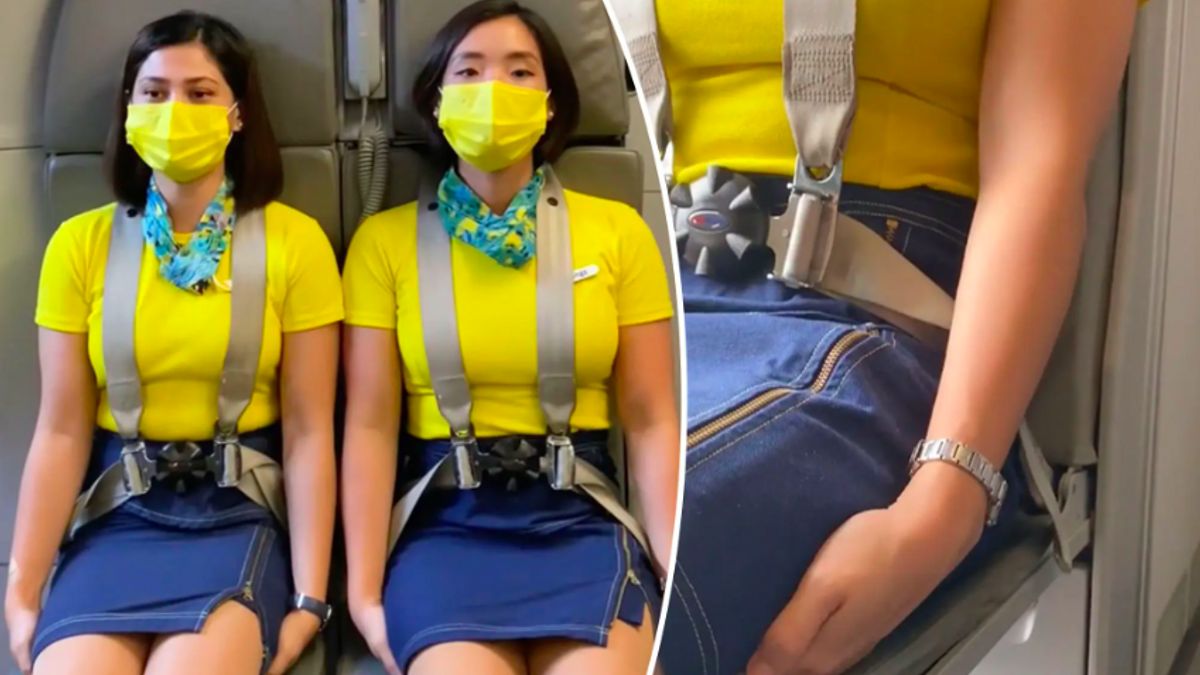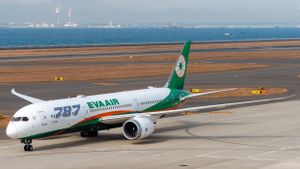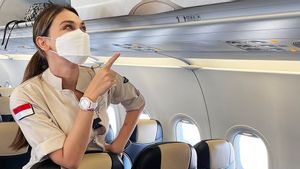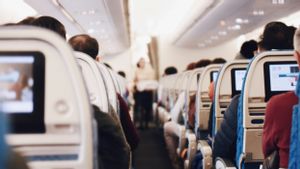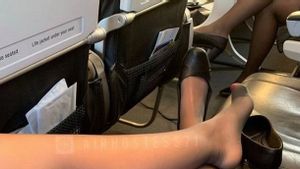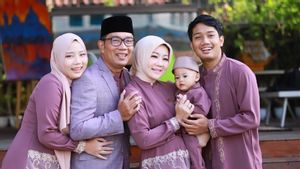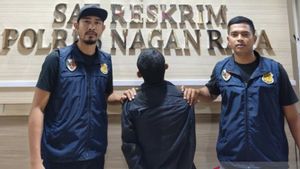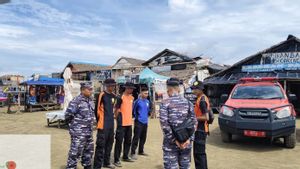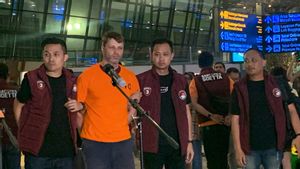JAKARTA - Have you ever noticed and thought why flight attendants do unusual positions when sitting on airplane seats, either take off or land?
If you sit near an additional seat on the plane, both in the kitchen and in the middle of the cabin, you may see flight attendants taking an unusual position when taking off and landing. Often, they sit by tucking their hands in the chair.
"It's a safe position," said Allay Clark, Director of Aviation Services at private jet company Planet 9, quoted from the Travel + Leisure page.
"The reason for this safe position is that if an emergency occurs when taking off or landing, their heads, hands, and arms are in a slightly squeezed position," he added.
Keep in mind, the main task of flight attendants is to maintain the safety of passengers, not just serving drinks and snacks. So they are always ready to face a state of emergency.
Taking off and landing is the flight phase with the highest accident rate. So, flight attendants automatically take a rigid position that prepares them to act efficiently and immediately rush in case of an emergency.
At the same time, they often conduct "silent reviews" of emergency procedures, so they are ready to act if something happens.
SEE ALSO:
Airbus airlines recommend all cabin crew to conduct "silent reviews" on each flight.
In the safety document it is written
"Silent Review (or 30 seconds of observation) is recommended for cabin crew to mentally remember the main aspects of the emergency evacuation procedures when they sit on the spot before each take-off and landing, and reduce the risk of disruption. Silent review will help cabin crew to focus and prepare if emergency evacuation is needed," he said.
Sitting with your hands tucked in a chair is not the only buffer position that flight attendants may have done during takeoff and landing.
"Depending on the position and location of the jumping seat, and the type of plane. They also put their heads in certain ways to take off and land," Clark said.
"For example, if their seats turn their backs on the pilot and face the back of the plane, they will lower their heads a little and lean them on the back of their heads. If their seats face the pilot, towards the front of the plane, they will lower their heads and slightly lower their chins as if they are bowing," he continued.
As a passenger, you don't need to do this position either. The position of passenger buffer usually involves hugging your knees or pushing your arm into the chair in front, although this varies depending on the type of plane and seat.
However, this is a good reminder to always review safety cards after boarding the plane and always wear seat belts. During takeoff and landing, you should be alert and not sleep, so that you are ready to face any problems.
Once you hear the plane's bell rang after takeoff, that's when flight attendants get out of their seats. You can sit back relaxed, relaxed, and enjoy the flight.
The English, Chinese, Japanese, Arabic, and French versions are automatically generated by the AI. So there may still be inaccuracies in translating, please always see Indonesian as our main language. (system supported by DigitalSiber.id)
